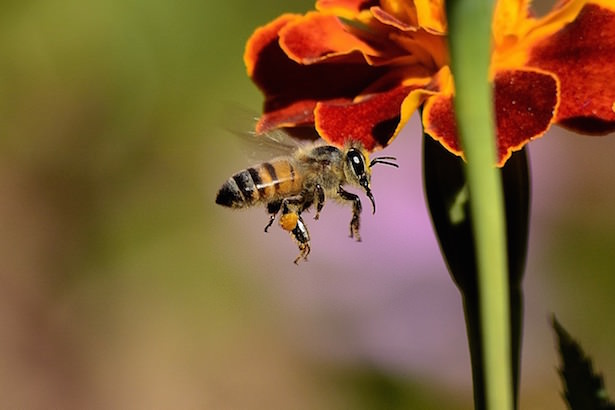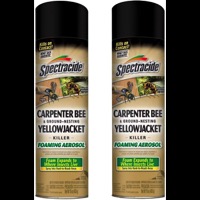Best Bee Repellents

By Sigmund Daughty, Expert Reviewer for Repellent Guide
published: Aug 01, 2017 | updated: Aug 01, 2017
Bees can be useful around the garden as they contribute a number of benefits to the surrounding plant life. They are also a significant part of the local food chain, as prey for birds; however as we all know bees can sting. Many people have been unpleasantly surprised with one sting or many after an accidental encounter with a bees nest. When bees feel threatened, they can become extremely aggressive and even dangerous in large numbers. At times, people who are not allergic to bee stings have even died after being stung repeatedly by a swarm. For those who are allergic to bee stings, an encounter with even one bee can be deadly.
For these reasons, and because of the general nuisance they can be, many people want to rid their areas of bees and their nests. A reliable bee repellent is best, however there are many options to consider. If possible, find out what kind of bees reside around you and find a bee repellent that works for that specific species.
There are natural and chemical forms of bee repellent that can be used. Bee repellents that utilize a strong scent may be enough to repel bees away from a certain area, however certain types of bees may resistant to this, such as the carpenter bee, which is known for being very difficult to repel away. The chemical phenol, also know as carbolic acid, is often used to repel bees away from nests long enough to destroy them.
Certain insect repellent sprays may work well to repel bees. Outdoor sprays designed for human use, such as products that use the chemical DEET, can be sprayed onto the clothing and even onto the skin to keep bees away when spending time outdoors. Bees are attracted to food and plant smells, so if you are eating or drinking outdoors, especially with sugary foods like soda and popsicles, keep in mind that these will most likely attract bees to the area where you are.
You may be able to use bee traps as a way to simultaneously attract bees to one area and draw them away from another. A bee trap is typically a hanging glass jar with a sugary substance inside that bees are attracted to. Once they fly into the jar to reach the substance, they cannot get out.

